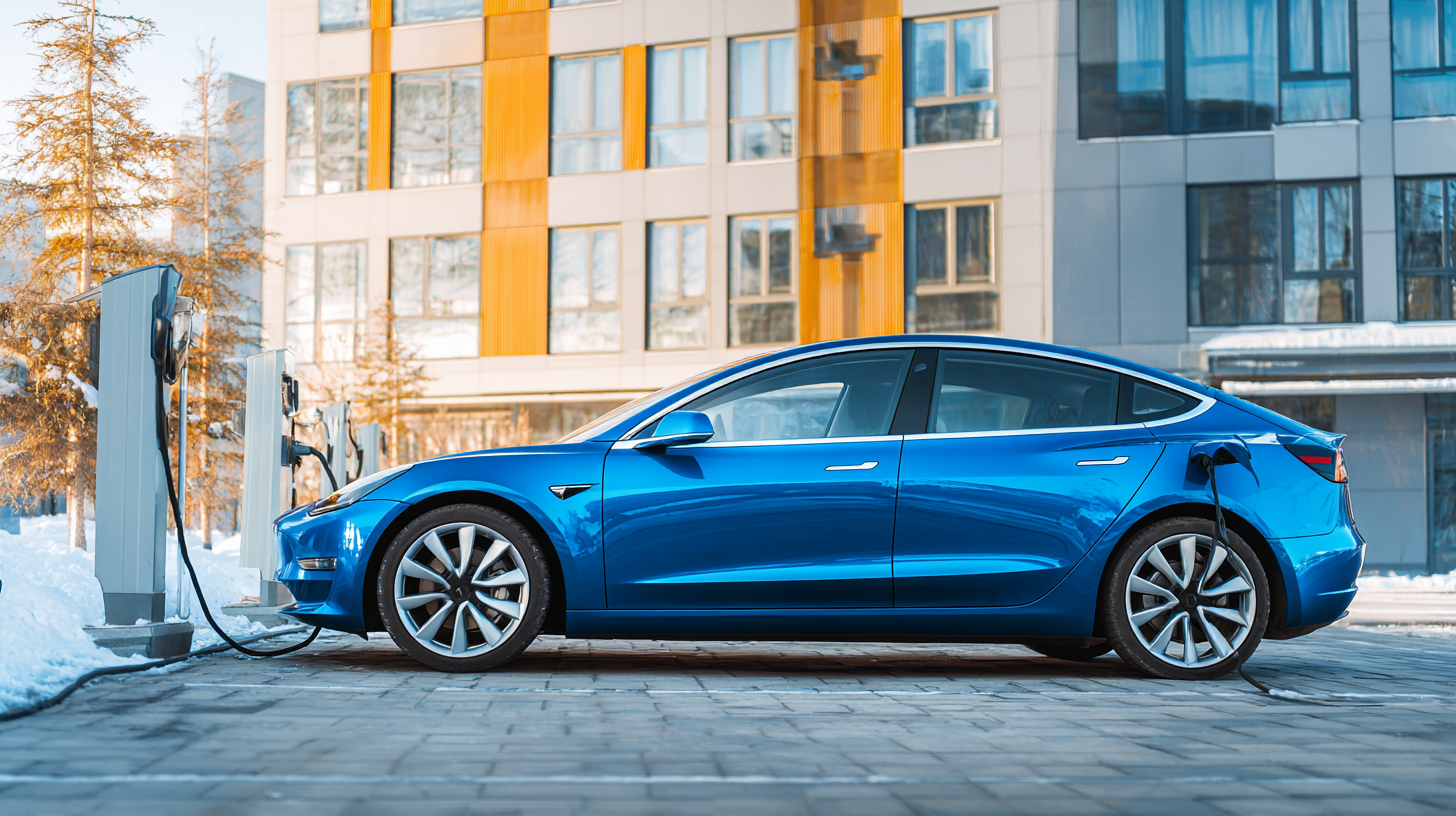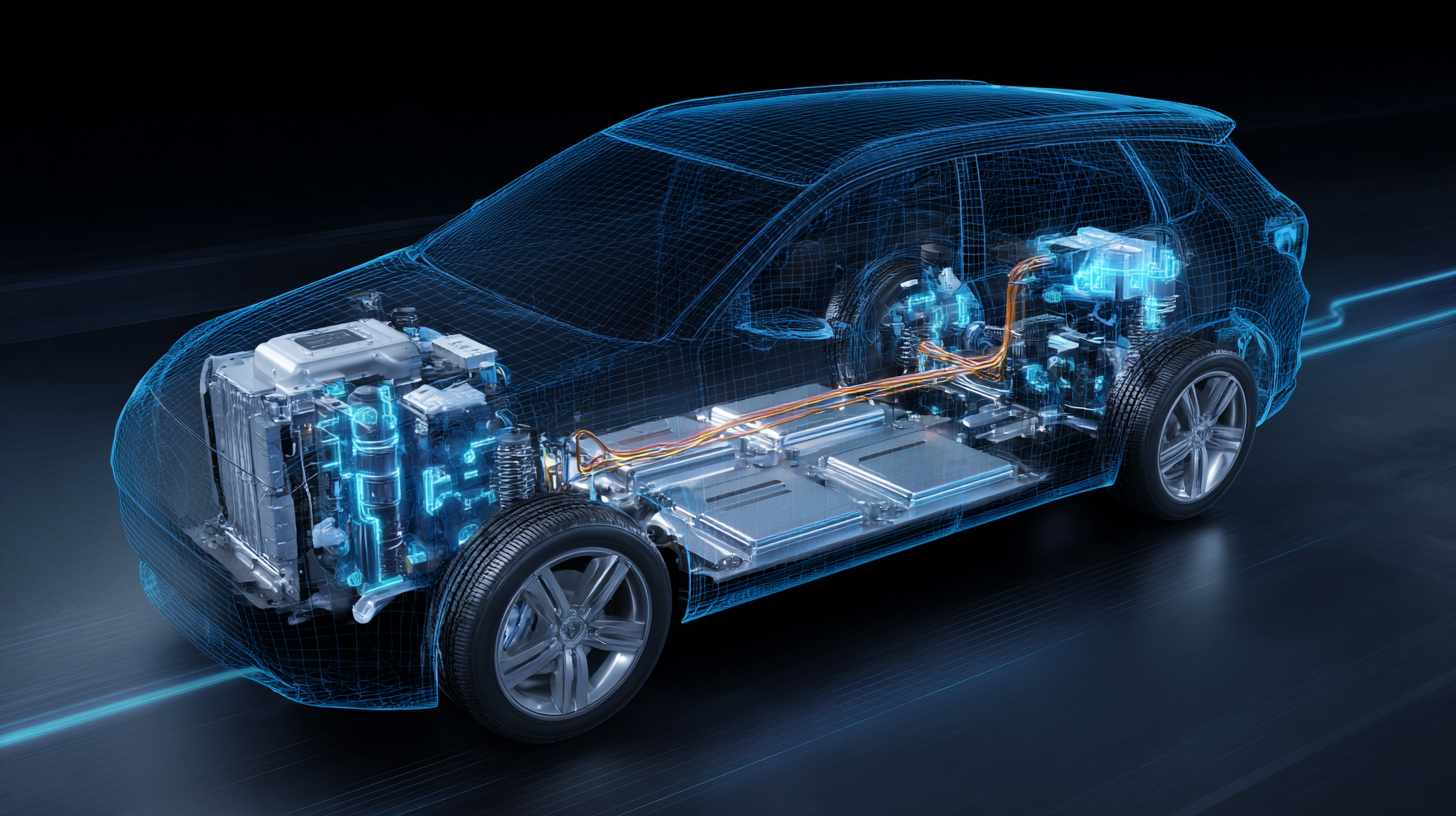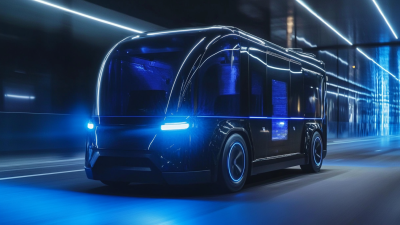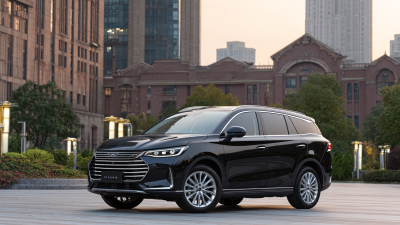Leave Your Message
As the automotive industry shifts towards sustainability, battery cars emerge as a pivotal solution in reducing carbon emissions. According to a recent report by the International Energy Agency (IEA), the global stock of electric cars, primarily battery-operated, reached 10 million in 2020, representing a significant growth of 43% from the previous year. However, despite their potential, battery cars face numerous challenges that hinder widespread adoption. Issues such as limited range, prolonged charging times, and concerns about battery lifespan and environmental impact are critical hurdles that manufacturers and consumers alike must navigate. Understanding these common challenges is essential for the development of efficient solutions that can fortify the future of battery cars and thus promote a greener planet. Through this blog, we will delve deeper into these issues and explore the innovative strategies that are being implemented to overcome them.

Electric cars have gained popularity due to their eco-friendliness and efficiency, yet they face significant performance challenges related to battery technology. One common issue is **battery degradation**, which refers to the gradual loss of battery capacity over time. According to a study by the U.S. Department of Energy, electric vehicle (EV) batteries can lose about 20% of their capacity after 10 years of use. This degradation can lead to diminished range and performance, making it essential for users to understand how to maintain battery health effectively.
To combat battery degradation, owners can follow a few simple tips. First, avoid extreme temperature conditions; parking in a garage or shaded area can help regulate battery temperature. Secondly, maintaining a partial state of charge, ideally between 20% and 80%, can extend battery life. A report from the International Council on Clean Transportation indicates that regular use of rapid charging stations can further accelerate degradation, so using them sparingly is advisable.
Another prevalent issue in electric cars is **charging infrastructure**; finding reliable charging stations can be challenging. A survey by the Pew Research Center found that nearly 71% of EV owners faced difficulty in locating charging points. To mitigate this, consider using mobile applications that help locate nearby charging stations and allow you to check availability. Additionally, consider installing a home charging station to ensure convenient access to charging, providing peace of mind and optimizing daily travel.
| Common Issue | Description | Possible Causes | Solutions |
|---|---|---|---|
| Reduced Range | Electric vehicles experiencing less travel distance on a full charge. | Battery age, temperature, driving habits. | Optimize driving style, avoid extreme temperatures, consider battery replacement. |
| Long Charging Times | Duration taken to charge the battery fully. | Low-capacity charger, battery health. | Use a high-capacity charger, maintain battery condition. |
| Battery Degradation | Loss of capacity over time, impacting performance. | Repetitive fast charging, excessive heat. | Limit fast charging, keep battery cool, regular checks. |
| Unpredictable Charging Stations | Difficulty finding accessible and working charging stations. | Insufficient infrastructure. | Use charging station apps, plan trips with charging stops in mind. |
| Limited Charging Options | Not all types of chargers are compatible with every vehicle. | Different charging standards. | Check compatibility before charging, use adapters if necessary. |
Range anxiety remains a significant concern for electric vehicle (EV) owners, particularly when embarking on longer journeys. Despite advancements in EV technology and the widespread development of charging infrastructure, many drivers still experience uncertainties about finding charging stations along their routes. This psychological barrier can often deter potential buyers from choosing electric cars, as it highlights the practical limitations still associated with battery-operated vehicles.
To address range anxiety effectively, one of the best strategies is to plan ahead. Before setting off, utilize various apps that map out nearby charging stations to ensure you have multiple options available during your trip. Additionally, familiarize yourself with your vehicle’s range and keep a buffer of extra mileage for unexpected detours.
Another useful tip is to take advantage of fast charging stations, which can significantly reduce the downtime at charging stops. Whenever possible, opt for routes that feature these facilities, as they can help you recharge your vehicle more quickly and continue your journey with minimal interruption. Embracing these strategies not only alleviates concerns but enhances the overall experience of traveling with an electric vehicle.
The charging infrastructure for electric vehicles (EVs) is rapidly evolving, addressing the convenience needs of today’s drivers. Recent initiatives across various regions, such as the new contactless EV charging system launched in Malaysia, represent significant strides toward a more user-friendly experience for EV owners. With an expanding network that aims to support easier access to charging stations, the focus is now on ensuring that these solutions are not only widespread but also seamlessly integrated into the daily lives of consumers.

Moreover, partnerships between companies are also helping enhance charging access. For instance, recent collaborations in India have combined resources to establish over 450 charging points, demonstrating a commitment to making EV charging more accessible nationwide. The trend is echoing across North America with pilot programs that promise a more streamlined charging experience, highlighting a shift towards faster and more efficient charging solutions for users. As indicated by industry forecasts, the wireless charging market in North America alone is expected to reach nearly $30 billion by 2033, underpinning the significant demand for innovative charging technologies that meet consumer expectations.
Battery electric vehicles (BEVs) are becoming increasingly popular, but they come with their own set of maintenance challenges. One of the most pressing issues is battery management, as the health of the battery significantly impacts vehicle performance and longevity. Regular maintenance is crucial, including software updates and inspections of electrical systems, to ensure optimal operation. Furthermore, the reliance on lithium-ion batteries raises concerns regarding their disposal and environmental impact, especially in light of unique situations like wildfires, which complicate the safe handling of damaged batteries.

Innovations in battery technology, such as sodium-iron batteries, promise to address some of these challenges. Startups are exploring alternatives to lithium-ion batteries, which may offer more cost-effective and sustainable materials. These advancements could not only reduce maintenance costs over time but also enhance the safety and efficiency of electric vehicles. As the market for battery as a service grows, expected to surge from $1.37 billion in 2023 to $53 billion by 2030, it underscores a significant trend towards improving the overall management and longevity of battery systems in BEVs, making them a more viable long-term solution for sustainable transport.
The environmental impacts of battery cars, particularly concerning lead-acid and lithium-ion batteries, are pivotal in addressing the challenges associated with electric vehicle adoption. As the demand for efficient energy storage solutions grows, the lead-acid battery recycling market is projected to exceed $3.6 billion in Indonesia and Malaysia by 2032, with a steady compound annual growth rate of 3.2% from 2024 to 2032. This growth is fueled by the increasing reliance on lead-acid batteries across various sectors, including automotive and consumer electronics, highlighting the importance of sustainable recycling methods to mitigate waste.
In the United States, the lithium-ion battery recycling market is on a rapid ascent, valued at $69.52 million in 2022 and expected to grow at a remarkable CAGR of 19.11%. This surge illustrates the urgent need for robust recycling processes to handle the environmental threats posed by improperly disposed batteries. The collaboration between companies innovating in battery recovery technologies emphasizes a critical shift towards a circular economy. Strategies, such as recovering valuable materials like lithium, nickel, and cobalt from spent batteries, significantly reduce pollution while providing substantial economic benefits. The ongoing investments in such initiatives are crucial in fostering a cleaner future and supporting the electrification of transportation.






